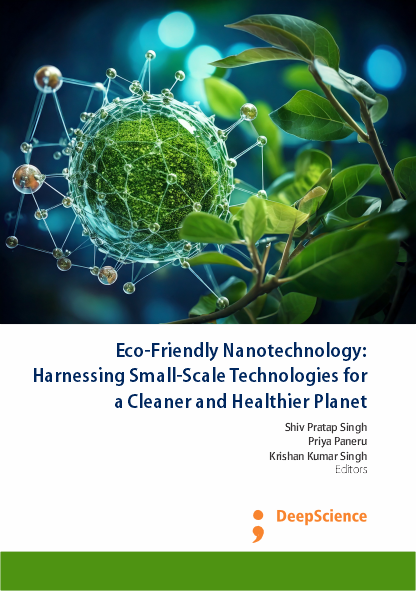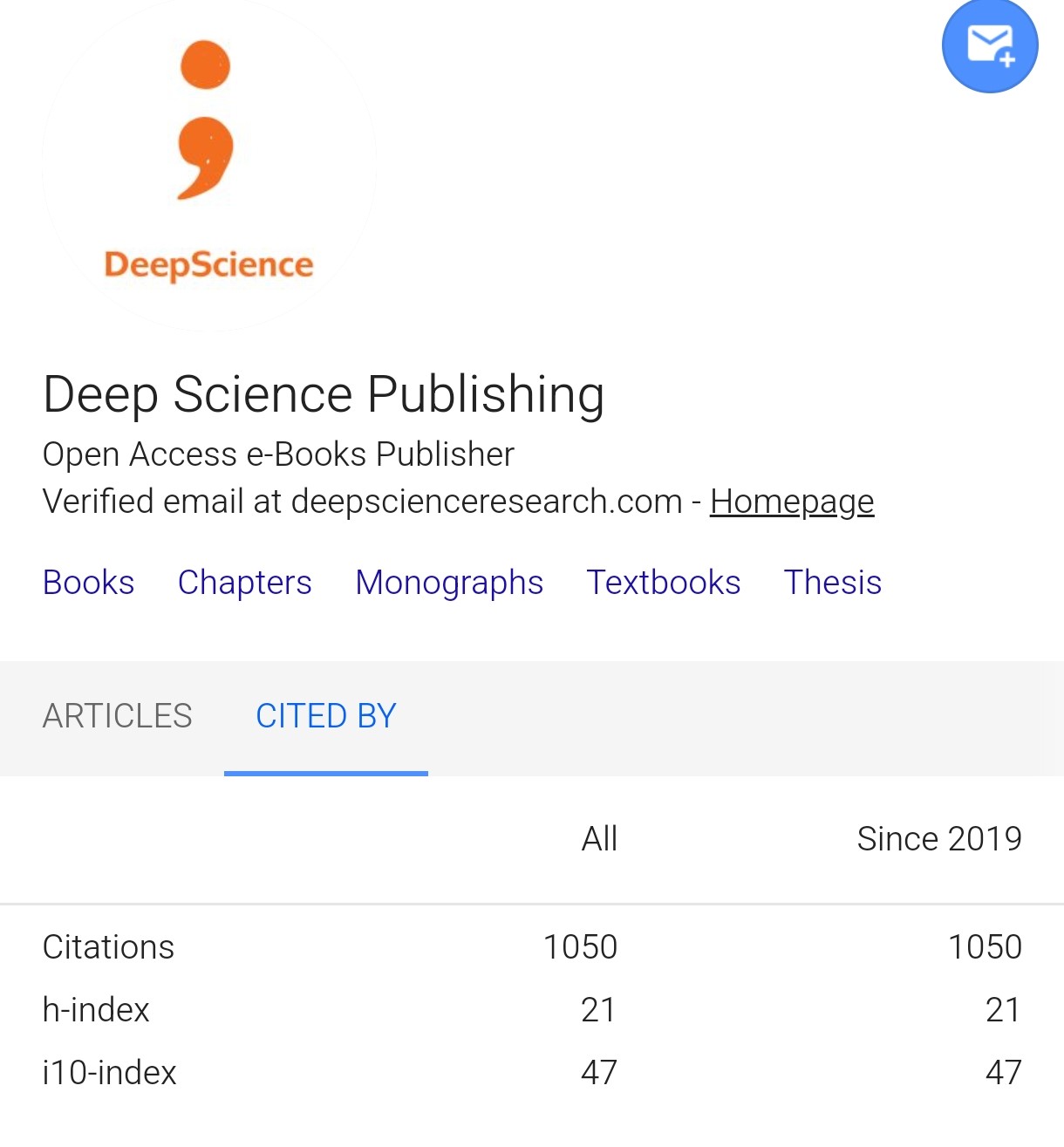Endophytic fungi-derived nanoparticles: A sustainable way to alleviate biotic and abiotic stress in plants
Synopsis
Endophytic fungi play a crucial role in plant health by promoting growth and providing resistance against biotic and abiotic stresses. Recent advancements in nanotechnology have highlighted the potential of fungal-derived nanoparticles (NPs) as sustainable alternatives to conventional agrochemicals. These nanoparticles, synthesized through eco-friendly biological processes, exhibit potent antimicrobial, antioxidant and stress-mitigating properties. Fungal-derived silver (AgNPs), zinc oxide (ZnO NPs), copper (CuNPs) and silicon (SiNPs) nanoparticles have been shown to enhance plant defense mechanisms, improve nutrient uptake and mitigate the effects of drought, salinity and pathogen attacks. The mechanisms underlying their effectiveness include the induction of systemic resistance, modulation of defense-related enzymes and generation of reactive oxygen species (ROS). Additionally, fungal-derived NPs contribute to soil health by reducing chemical residues and improving microbial diversity. This book chapter explores the synthesis, properties and applications of endophytic fungi-derived nanoparticles in sustainable agriculture, emphasizing their potential to replace synthetic fertilizers and pesticides. Future research should focus on optimizing large-scale production and assessing their environmental safety for commercial applications.
Keywords: Endophytic fungi, Nanoparticles, Biotic stress, Abiotic stress, Plant defence mechanisms.













